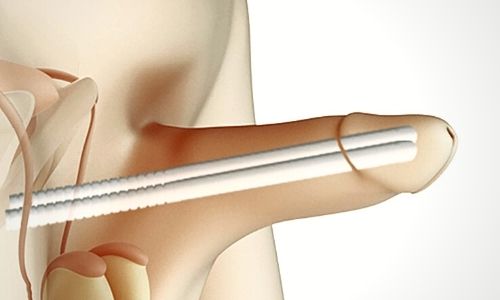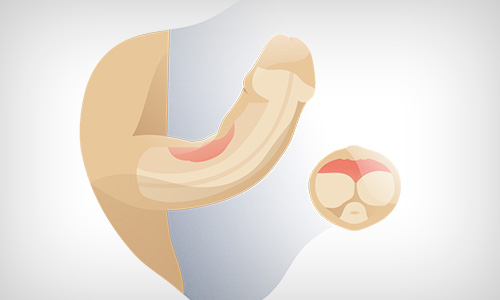Gonorrhea is a common sexual health problem in polygamous people and is medically known as urethritis or gonorrhea.
People who are not protected during intercourse are in the high risk group for this disease.
With the application of the right treatment methods, the effects of the disease can be eliminated. So what are the symptoms of urethritis and what are the treatment methods applied today?



















thank you for sharing helpful information regarding urethritis symptoms and treatment . It’s really very useful for the reader.